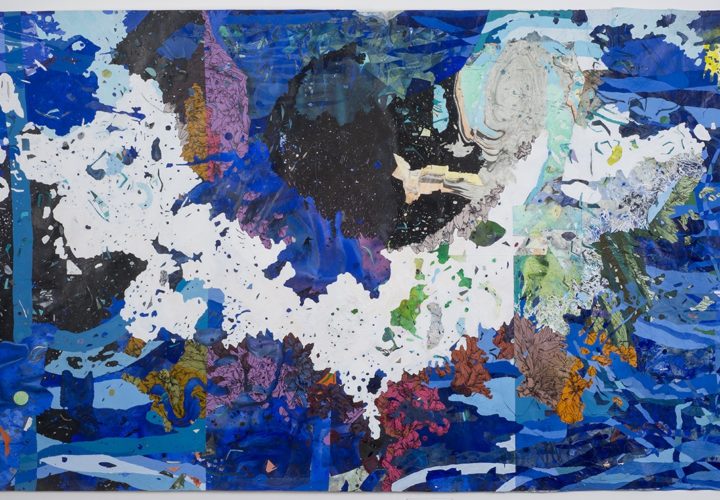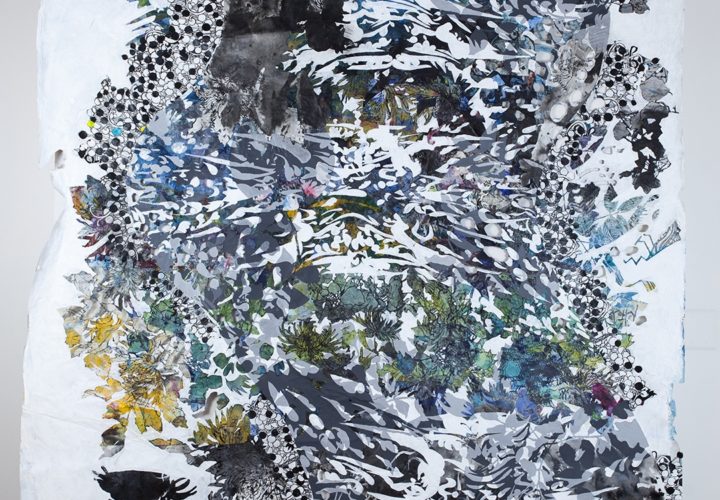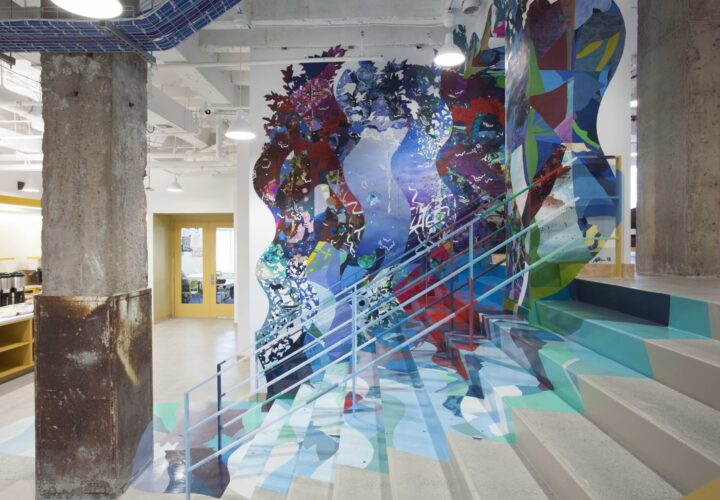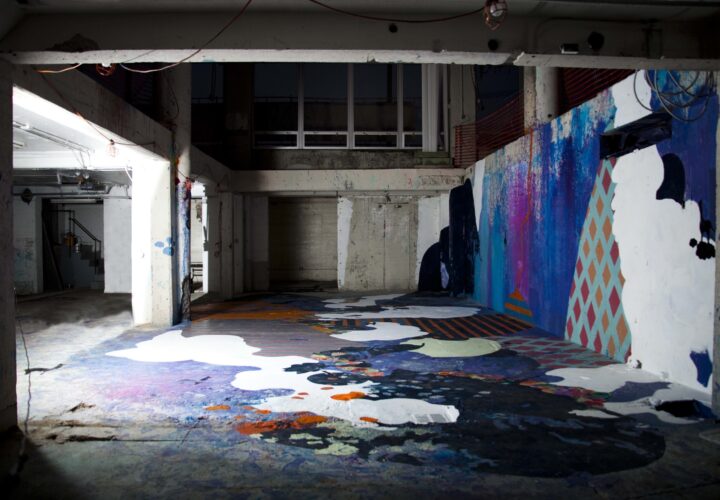
Fulbright-recipient Katherine Tzu-Lan Mann was trained as a traditional Chinese painter and went on to receive her MFA in contemporary art from the Maryland Institute College of Art. She has exhibited her paintings and installations across the country. Here, she discusses the nature of sumi ink, how she creates immersive worlds through her site-specific installation works, and why it’s important to paint outside the box.
“When I was a child, I was trained as a sumi ink painter and learned about traditional Chinese landscape painting. I’m American, but my mother is from Taiwan, and we would split our time between East Asia and the D.C. area. My father was a foreign service officer. In Taiwan, I studied under a traditional Chinese landscape master. Sumi painting, done with ink and water on rice paper, goes back millennia. You learn by copying what your teacher gives you—it’s very much about muscle memory, the way you hold a brush, the type of gestures that you make with your wrists and your fingers. In many ways, it’s a choreographed kind of painting. The great masters could build on that and make new innovations, but the practice was always based on a well-understood background. I would liken it to ballet, where there are particular rights and wrongs, and dancers can innovate in spite of them. In college, I tried to figure out how to incorporate those traditional landscape skills with more contemporary practices, but the sumi tradition still influences my work.
I’ve always been interested in immersive art. The basis of my work involves water, ink, and paper, but also starts with a pour of ink or paint. I lay the paper on the floor of my studio, mix highly diluted acrylics or ink, and pour them in a puddle onto the paper. Then I’ll let it sit there for a couple of days. The water evaporates, leaving a deposit that I use as the first mark in the painting. All my work is landscapes, even though my paintings are abstract. I think of these pieces as romantic, like portholes into another world. The history of landscape painting attempts to do the same thing. It’s a type of escapism.
One of my most important installations happened about 10 years ago. I had the opportunity to collaborate with a bunch of high school students in Dayton, Ohio. It was the first time that I was able to work on so large a scale. There was an empty warehouse downtown with a hole in its floor that exposed the basement below. I had students pour paint into the hole, and we built a painting up around it. It felt truly immersive, because it was in collaboration with other people. We brought in dancers and staged choreographed pours. I like the idea of those high school students, now adults, walking past that building and remembering that they made something epic in that space. More recently, I did an installation for Facebook here in D.C. where I painted on the walls and the ceiling, and then allowed the paint to bleed down the stairs. I like to think of my work as growing and taking over spaces. That balance between something that feels lush and verdant with a lot of curved lines moving over the stairs and angularity of an office building was an enjoyable hybrid.”





